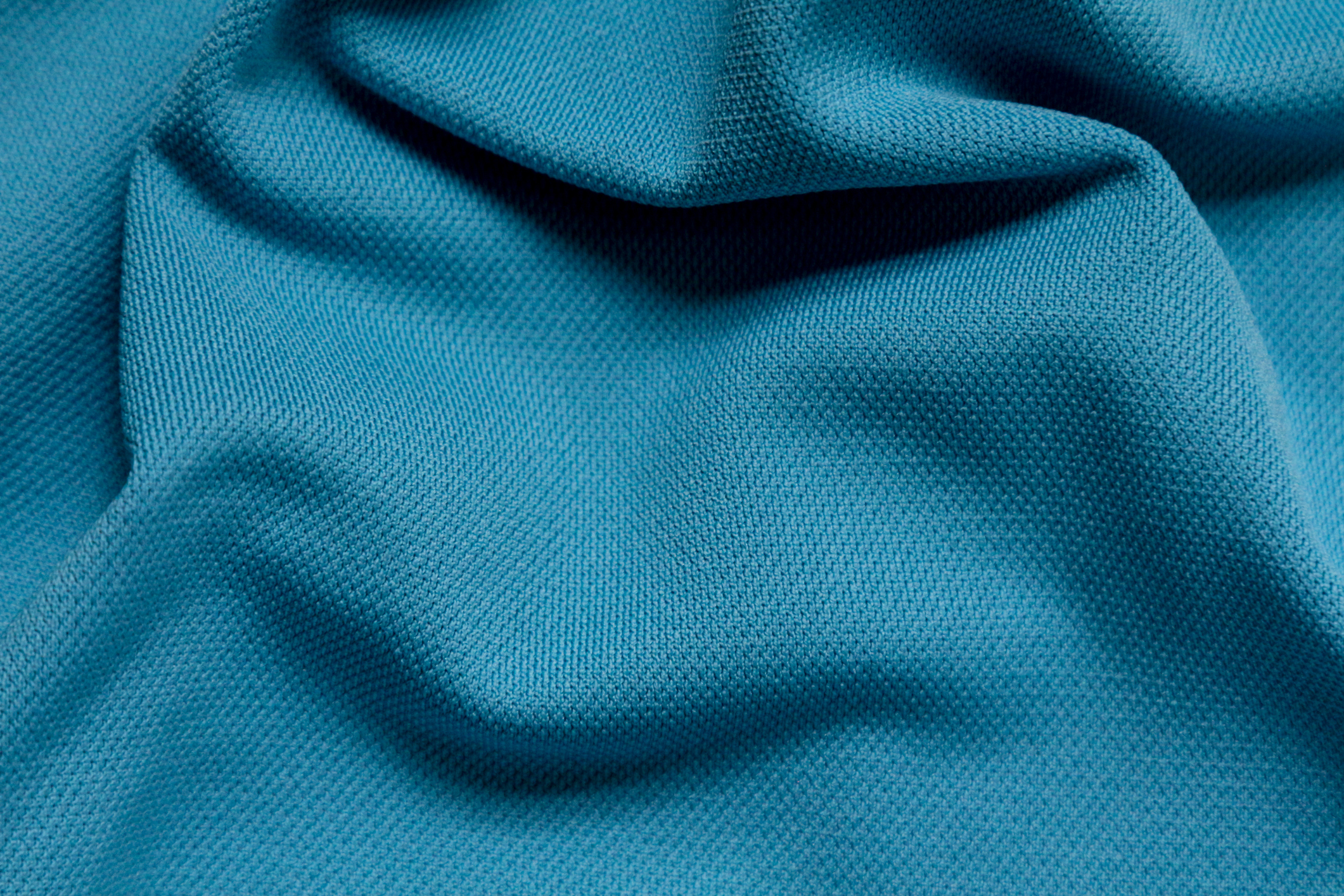Some researchers across the globe, have rightly or wrongly, postulated that polyurethane mattresses contain isocyanates, which according to their research could cause irritation of the eyes, nose, throat and by extension, the skin.
According to Occupational Safety and Health Administration, exposure to isocyanates could lead to tightness of the chest, and even cause asthma.
Beyond this, the safety institute had noted with dismay, that exposure to chemicals, commonly found in most polyurethane foam products may equally cause fatal respiratory diseases.
Those dangerous chemicals, the researchers disclosed, are powerful irritants to mucous membranes of gastrointestinal tract, as well as respiratory system.
Perhaps, this may have informed why such foams are currently under scrutiny, as they face urgent recalls in some Countries, even as a Dutch medical equipment company, Philips has recalled some of such foams.
For instance, in June 2021, Philips voluntarily recalled several models of Ventilator and CPAP machines, citing evidence of sound abatement foam, degrading into particles that users could potentially inhale.
This recall has raised some safety alarm bells, and from indication, some Attorneys across the Country are pursuing related cases.
Another research in Acute Coronary Syndrome, ACS, of the Environmental Science and Technology has also revealed that mattresses with Volatile Organic Compounds, VOCs, could be toxic.
VOCs include a variety of chemicals, some of which may have short and long-term adverse health effects. —
Experts say concentrations of many VOCs are consistently higher indoors (up to ten times higher) than outdoors.
The emission rates of gaseous compounds, released by several types of polyurethane brought by a sudden reduction or blockage of blood flow to the heart.
ACS is most often caused by plaque rupture or clot formation in the heart’s arteries, which estimated the doses of VOCs inhaled by adults, infants, and children.
It was however discovered that most of them were well below cancer and non-cancer risk levels for the compounds.
Inhalation of some compounds like acetaldehyde, formaldehyde, and benzene could reach levels of concern, emphasizing the need for further studies on possible health effects of chronic, low-level exposure to VOCs.
Polyurethane mattresses under simulated sleeping conditions could be worrisome for children and by extension, infants.
It was discovered, that during sleep, people were likely to inhale more VOCs due to poor bedroom ventilation and close proximity of nose and mouth to mattresses and bedding, which emits compounds.
A foreign researcher and Professor in Environmental Engineering Science, California Institute of Technology, Yael Dubowski in his research on the levels of several VOCs released on infants, toddler and youth said, polyurethane mattresses have high risk levels of compounds.
Moreso, the researchers wanted to investigate how temperature, humidity and carbon dioxide concentration, all of which are increased when people lie on a mattress for a few hours, compared to the mattress alone, which could affect emissions.
A team of researchers placed pieces of polyurethane mattresses into continuous flow chambers, collected the exiting air and analyzed the levels of 18 different VOCs by gas.
With this, they discovered that mattresses released quite similar amounts of VOCs, except for a flame retardant compound, emitted only by an infant mattress.

